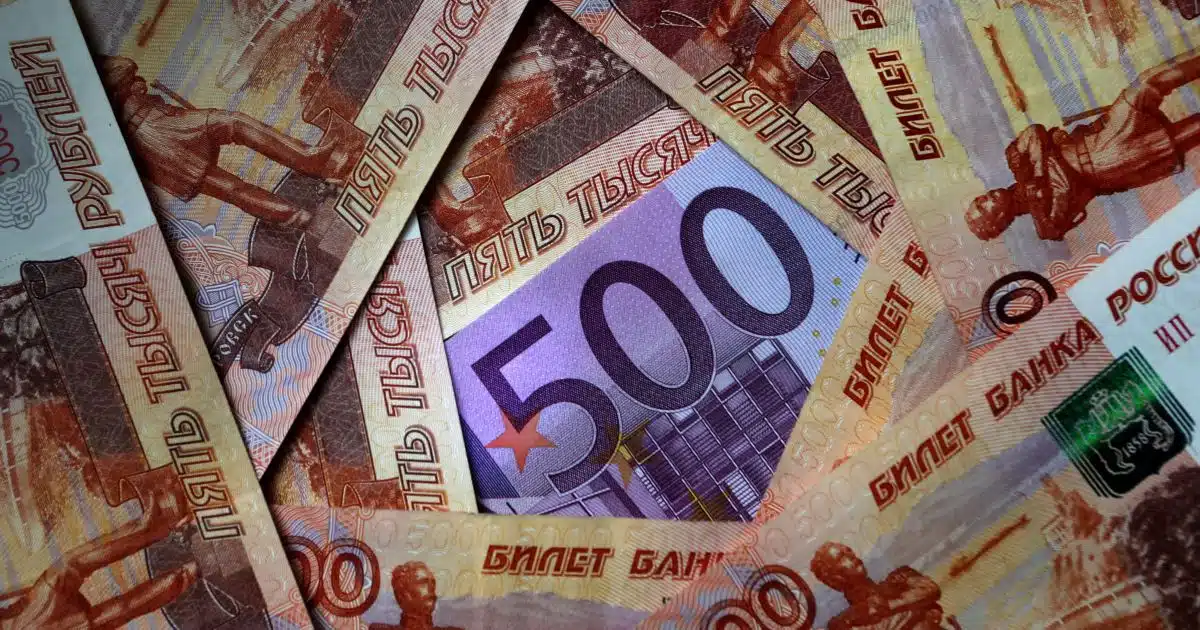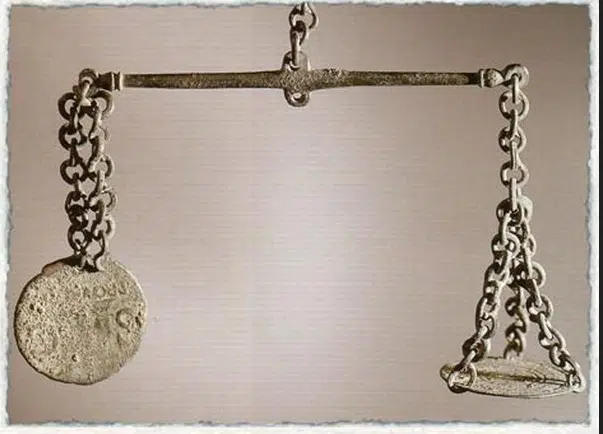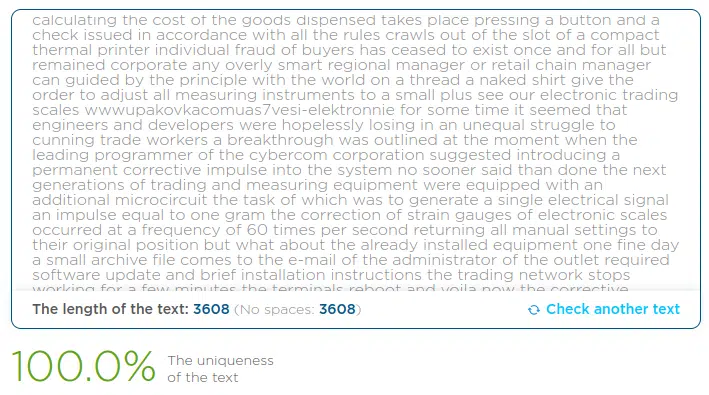How much should you weigh in grams

“How much should you weigh in grams?” – or a brief history of fraud from antiquity to the present day Even the most eminent historian will not tell how old trading scales are. The first samples found by archaeologists in Mesopotamia date back to the fifth millennium BC. The mighty Hittites, a people repeatedly mentioned in the Bible, used equal-armed scales when concluding trade deals. The Romans came up with a design with a movable weight, and the first steelyard in the history of mankind was found in Pompeii, covered with volcanic ash.
With the trade in bulk goods, deceit was born. In the same Pompeii and Rome, Egypt and Turkey, archaeologists have more than once found hollow, skillfully hollowed out from the inside stone and lead weights, counterfeit, smaller weight coins that lie with different-armed scales. However, let’s leave alone our distant ancestors and turn our eyes to today’s days. Many who were born in the last century remember the “yoke” of bazaar traders and Soviet scales on the shelves of grocery stores. And, of course, virtuoso service workers. One light, elusive touch, and the sausage “adds” 50-100 grams in weight, and heels of tangerines, scarce in those days, could well pull a kilogram.
Lafa ended with the advent of trading equipment, using as a “working body” not a system of levers and balances, but special crystals. They convert unidirectional pressure into an electric current of a certain strength and voltage. Such scales did not require weights for their work, the information was displayed on a digital display. Of course, and in this case, the sellers had the freedom to maneuver. All electronic measuring equipment of that generation was equipped with special tuning resistors, and many certified electronic engineers who did not find work in their specialty in those difficult times, “rose” quite well, doing just such a “twisting” of trading scales.
Completely cut off the oxygen to dexterous sellers of the management system for stores and retail outlets. Now the data from the scale sensor directly enters the automated cash terminal, where the process of calculating the cost of the goods dispensed takes place. Pressing a button – and a check issued in accordance with all the rules crawls out of the slot of a compact thermal printer. Individual fraud of buyers has ceased to exist once and for all.
But remained corporate. Any overly smart regional manager or retail chain manager can, guided by the principle “with the world on a thread – a naked shirt”, give the order to adjust all measuring instruments to a small plus. See our electronic trading scales – www.upakovka.com.ua/s7/vesi-elektronnie/ For some time it seemed that engineers and developers were hopelessly losing in an unequal struggle to cunning trade workers.
A breakthrough was outlined at the moment when the leading programmer of the CyberCom Corporation suggested introducing a permanent corrective impulse into the system. No sooner said than done. The next generations of trading and measuring equipment were equipped with an additional microcircuit, the task of which was to generate a single electrical signal. An impulse “equal” to one gram. The correction of strain gauges of electronic scales occurred at a frequency of 60 times per second, returning all manual settings to their original position.
But what about the already installed equipment? One fine day, a small archive file comes to the e-mail of the administrator of the outlet. Required software update and brief installation instructions. The trading network stops working for a few minutes, the terminals reboot and voila! – Now the corrective impulse is generated by a tiny subroutine.
Weight problem solved!
Writer Rovendo
Original content license agreement Creative Commons Attribution 4.0 license








